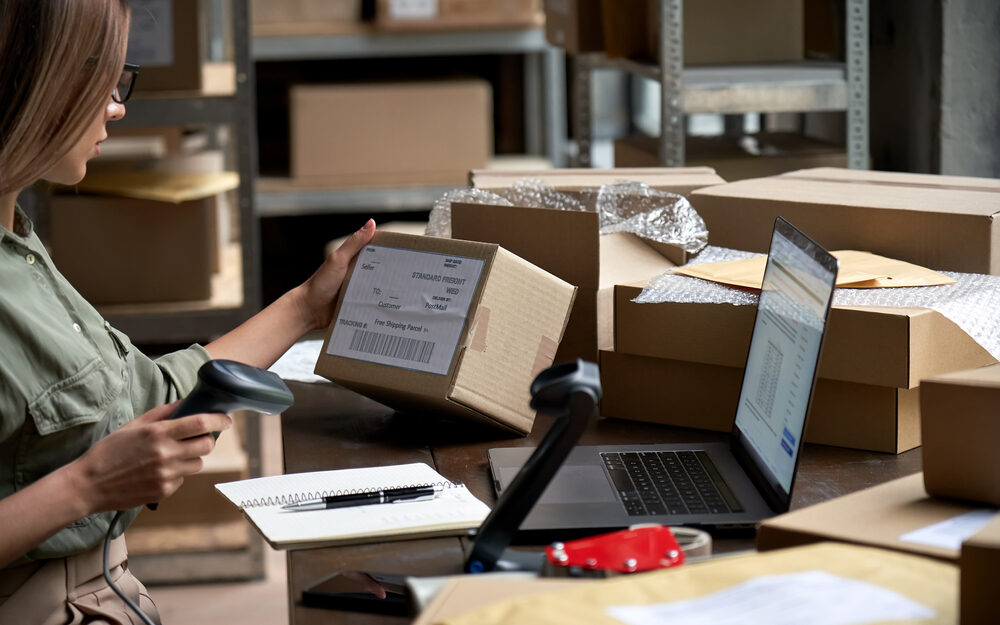Amazon FBA (Fulfillment by Amazon) is a service provided by Amazon that allows sellers to store their products in Amazon’s fulfillment centers. Amazon takes care of storage, packaging, and shipping, as well as customer service and returns. This service is designed to help sellers scale their businesses by leveraging Amazon’s logistics network.
How Does Amazon FBA Work?
Step-by-Step Process
- Product Listing: Sellers list their products on Amazon’s marketplace.
- Shipping to Amazon: Products are shipped to Amazon’s fulfillment centers.
- Storage: Amazon stores the products in their warehouses.
- Order Processing: When a customer places an order, Amazon picks, packs, and ships the product.
- Customer Service: Amazon handles customer inquiries and returns.
Benefits of Using Amazon FBA
Scalability
Amazon FBA allows sellers to scale their businesses without worrying about logistics. With Amazon handling storage, packaging, and shipping, sellers can focus on other aspects of their business.
Prime Eligibility
Products fulfilled by Amazon are eligible for Amazon Prime, which can significantly increase sales. Prime members prefer products with fast and free shipping, making FBA a valuable service for sellers.
Customer Trust
Amazon’s reputation for reliable shipping and excellent customer service extends to FBA products. This trust can lead to higher conversion rates and repeat customers.
Costs Involved in Amazon FBA
Storage Fees
Amazon charges storage fees based on the volume of products stored in their fulfillment centers. These fees vary depending on the time of year, with higher rates during peak seasons.
Fulfillment Fees
Fulfillment fees are charged per unit and cover the cost of picking, packing, and shipping the product. These fees depend on the size and weight of the product.
Additional Fees
Other fees may include long-term storage fees, removal fees, and return processing fees. It’s essential to understand these costs to manage your profit margins effectively.
Tips for Success with Amazon FBA
Optimize Your Listings
Ensure your product listings are optimized for search engines. Use relevant keywords in your titles, descriptions, and bullet points. High-quality images and detailed descriptions can also improve your listing’s visibility and conversion rates.
Monitor Inventory Levels
Keep track of your inventory levels to avoid stockouts or excess storage fees. Use Amazon’s inventory management tools to set up alerts and reorder products when necessary.
Utilize Amazon’s Advertising Tools
Amazon offers various advertising options, such as Sponsored Products and Sponsored Brands, to help you reach more customers. Invest in these tools to increase your product’s visibility and drive sales.
For more information on optimizing your Amazon FBA business, check out these resources:
Conclusion
Amazon FBA is a powerful tool for e-commerce sellers looking to scale their businesses and reach more customers. By understanding the process, benefits, and costs involved, you can make informed decisions and maximize your success with Amazon FBA. Start optimizing your listings, managing your inventory, and utilizing Amazon’s advertising tools to take full advantage of this service.

Free Assessment
Discover in just 30 minutes how our tailored social media and digital marketing strategies can elevate your brand awareness, synchronize your marketing and sales efforts, and reliably generate new leads, customers, and revenue streams.




